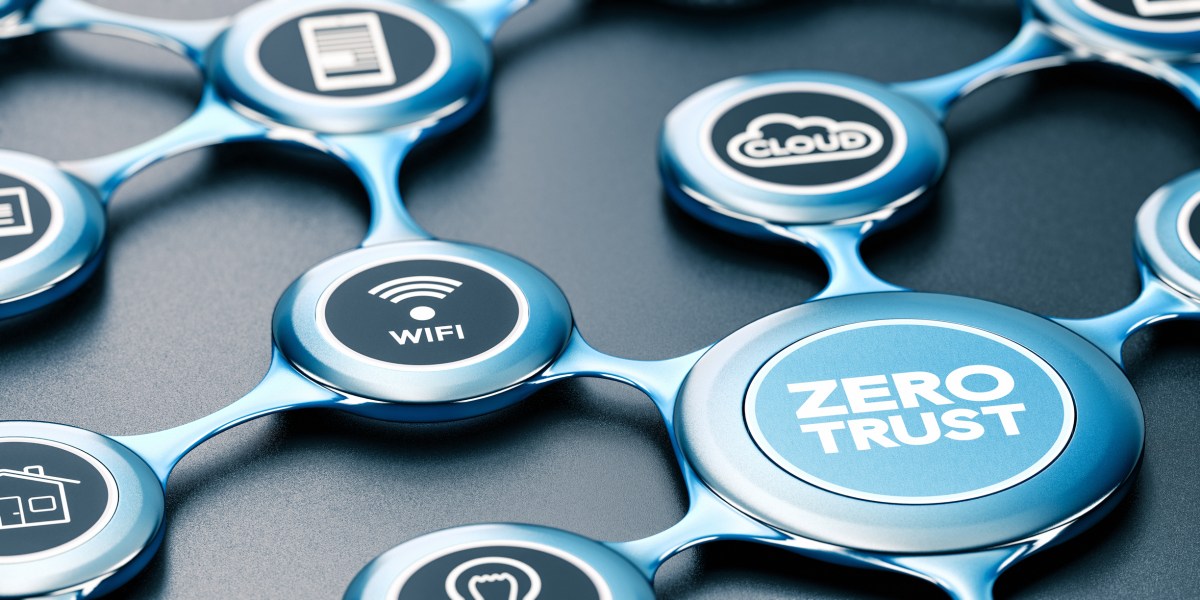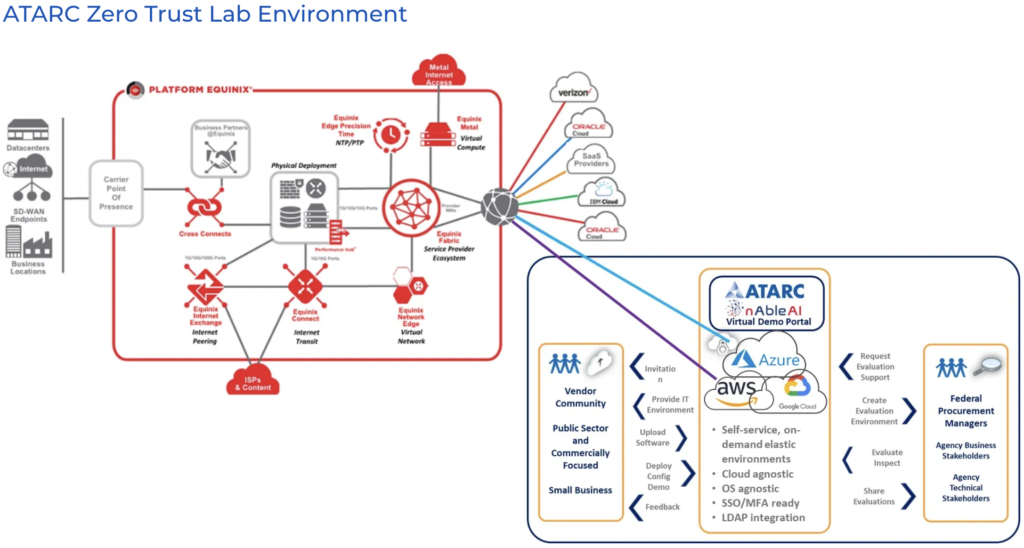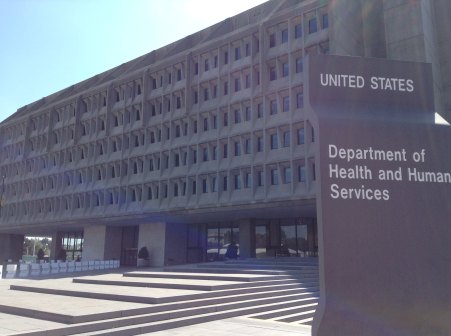Companies show early interest in ATARC’s Zero Trust Lab

The Advanced Technology Academic Research Center expects around 30 companies to participate in its Zero Trust Lab, having begun the intake process Monday.
ATARC‘s lab will showcase technical architectures and hardware and software solutions addressing 12 zero-trust scenarios identified by the government members of its Zero Trust Working Group.
The launch of the Zero Trust Lab follows the success of ATARC’s Trusted Internet Connections 3.0 Demonstration Center, which was geared toward remote computing and wrapped at the beginning of 2021.
“Zero trust was a lot bigger of a concept,” Tom Suder, president of ATARC, told FedScoop. “You have to worry about your network in zero trust, but then you’ve got to worry about the software side.”
For that reason the Zero Trust Lab will employ a virtual environment from Acuity, where companies can put their software, in addition to the physical, data center environment created by Equinix for the TIC 3.0 Demo Center. The cloud will connect the environments, so companies can choose whether to use one or both.

Because no one company can be the entire zero-trust solution for an agency, combinations of an integrator and several different products will be needed to address ATARC’s 12 scenarios:
- remote worker, personal device and public cloud access;
- satellite office and government-furnished equipment;
- contract employee and data center at agency’s facilities;
- contract employee and cloud-based systems;
- multiple agencies’ interfacing systems in the cloud;
- multiple agencies’ interfacing systems on premise;
- multiple agencies’ interfacing systems primarily in the cloud, secondarily on premise;
- multiple agencies’ interfacing systems primarily on premise, secondarily in the cloud;
- a combination of Scenarios 5 through 8 and fingerprint data;
- remote users and connectivity issues;
- compromised credentials; and
- penetration exercises.
ATARC will house four to five zero-trust solutions in the lab at any one time and let one or two companies present their hour-and-a-half demos per week to agency officials. The TIC 3.0 Demo Center saw about 50 to 60 officials attend each presentation, Suder said.
Another perk of the Zero Trust Lab is it’s a neutral environment, as opposed to the curated environments agencies set up, affording companies an even playing field, Suder said.
Rather than having participating companies requisition their equipment at the end of their initial demos, for Phase 2 ATARC intends to let them stay in the environment and have government submit additional, agency-specific use cases on a rolling basis.
“Zero trust is going to be here for a while,” Suder said. “We haven’t solved it by any stretch of the imagination.”
Company submissions are due Friday via the intake form.
ATARC has not only created a unique space for agencies to assess software products, but the Zero Trust Working Group has fostered conversations comparing solutions between agencies like the departments of Homeland Security and Justice.
“I think at the end of the day it is helping the entire government really be able to validate some solutions without having to set up their own environment,” Suder said. “I think it raises the collective IQ.”




